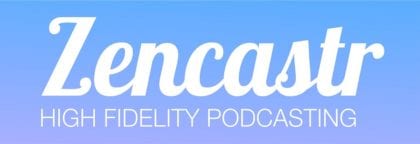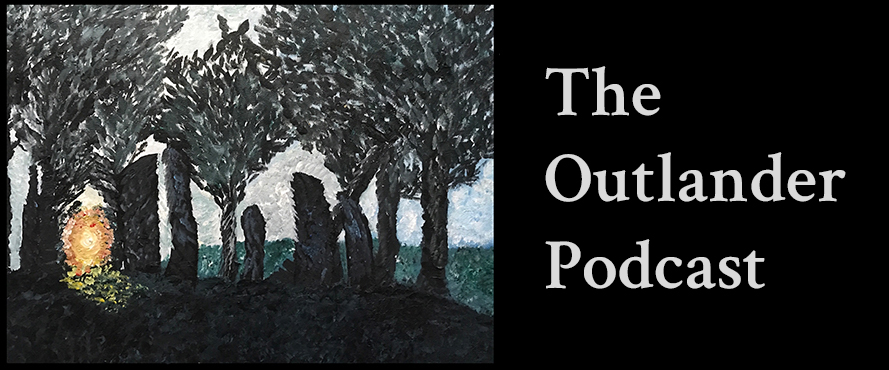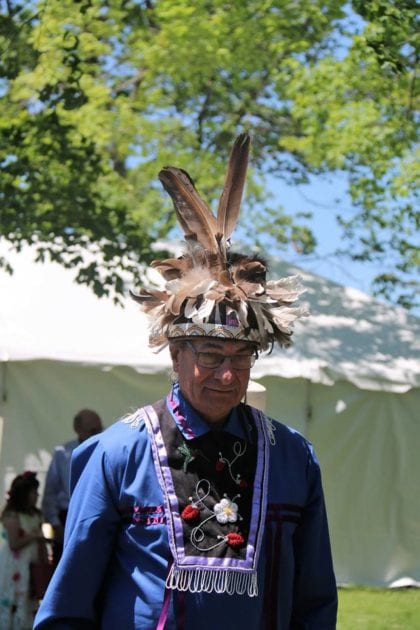In this episode, we share our interview with Haudenosaunee community member Thohahente Kim Weaver and geolinguist Rebekah Ingram.
Download mp3
This episode is sponsored by ThirdLove.com
Visit ThirdLove.com/OUTLANDER for 15% off your purchase.
Rebekah: “In following the protocols of the Haudenosaunee, it should be noted that I speak only about my own experience and for myself as an individual. I do not speak for members of the Haudenosaunee or Anishnaabek Nations. In places where I feel I have misspoken during the interview, I have endeavoured to correct myself through the notations provided.”
We have included Rebekah’s notes below.
Thohahente Kim Weaver was born in St. Catharines, Ontario in 1948. In his life he has travelled both as a Settler in the Settler world and as Onkwehon:we, the path he walks today. A Mohawk from the Turtle Clan of Tyendinaga Mohawk Territory, his name Thohahente means, “His path is to the forefront,” indicating a man who sees his path and is walking it.
Thohahente has spent the past six years fighting racism in mainstream media by directly confronting editors, publishers and organizations through letter writing and email campaigns. These campaigns seek to educate those in the media by demonstrating how poor reporting and reporting from a strictly Colonist perspective foster and propagate anti-Indigenous bias and even hatred. The last two years have been spent documenting and cataloguing racist commentary on the web presence of mainstream media corporations.
Twitter | Facebook
Rebekah R.Ingram is a PhD candidate in the School of Linguistics and Language Studies at Carleton University, Ottawa, Ontario, Canada. Rebekah is currently working with members of Haudenosaunee (Six Nations Confederacy) communities within her current research, which focusses on indigenous languages in the historical context, representations of indigenous place names in cartographic discourse (maps), the morphology and syntax of indigenous place names, and mapping of ethnophysiographical and Indigenous Knowledge.
Twitter
Notes:
~Peter Bakker was formerly at the University of Amsterdam.
~The Tuscarora joined the Confederacy in 1722.
~Papers of William Johnson
~Regarding Anishnaabek time and circles, this information comes from Dr. Jan Hare at the University of British Columbia. I received these teachings through this awesome course!
Links mentioned in the show
Talking Points on History and Meaning of the Two Row Wampum Belt
Help us share Outlander!
If this episode tickled your Outlander fancy, head over to iTunes and leave us a rating and subscribe!
Ways to subscribe to The Outlander Podcast:
• Click here to subscribe via Apple Podcasts
• Click here to subscribe via RSS
• You can also subscribe via Stitcher
 Check out our partner, Zencastr! Use coupon code OUTLANDER20 for 20% off 3 months or 20% off for a year.
Check out our partner, Zencastr! Use coupon code OUTLANDER20 for 20% off 3 months or 20% off for a year.
Feedback
We’d love to hear from you! Leave a comment below, send us an email at [email protected], or call our feedback line at (916) 587-0763.



